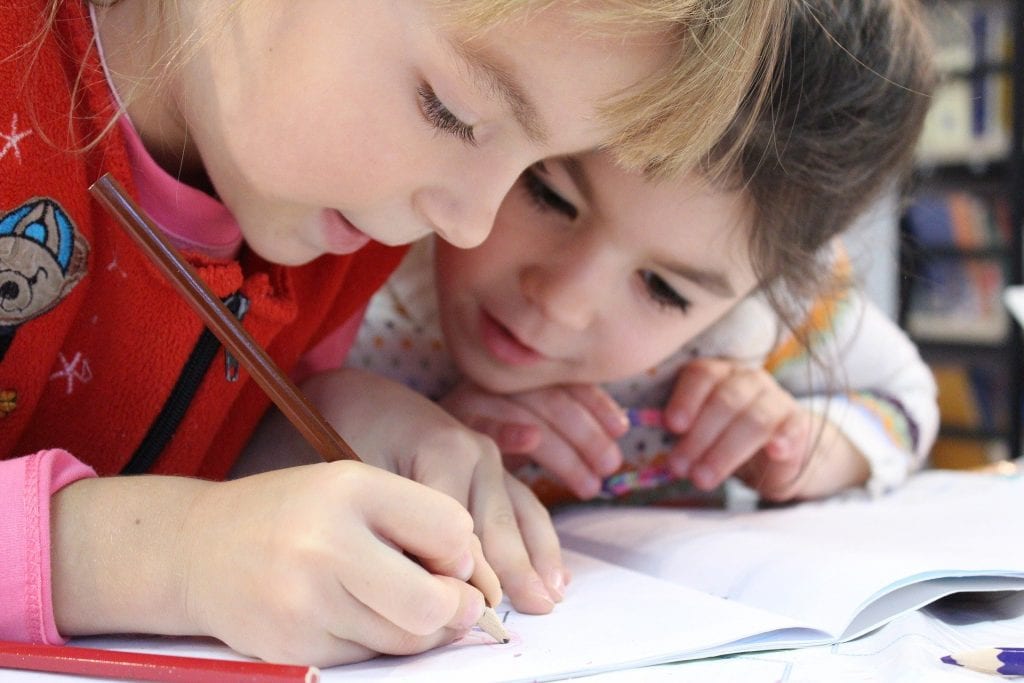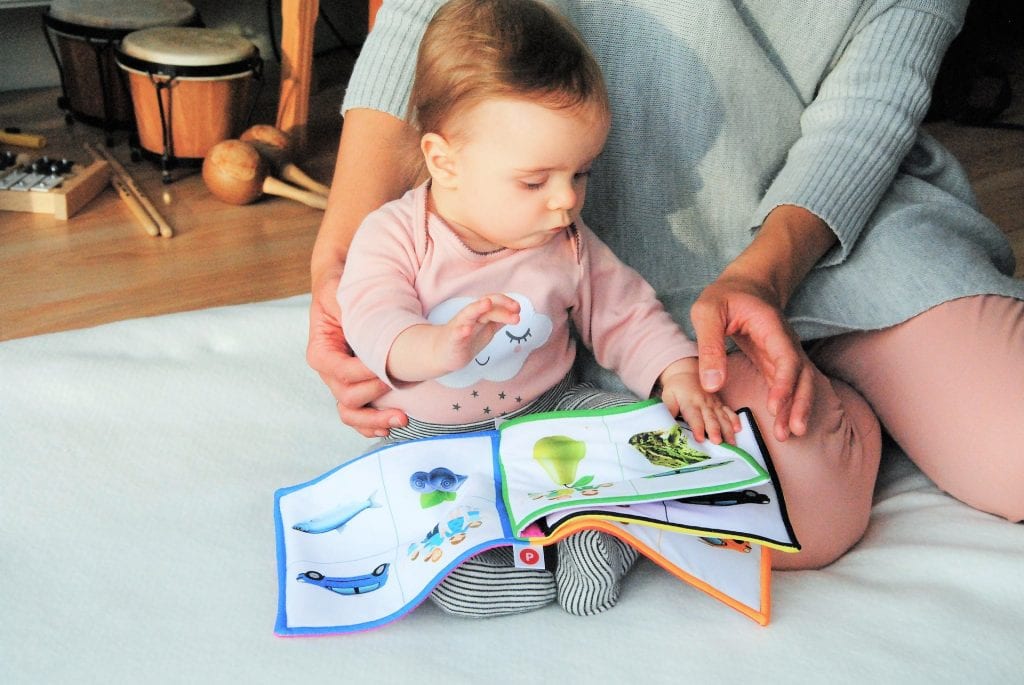Amanda’s first child, Emily, was a late bloomer. She took time to utter her first word. But Amanda was persistent in her efforts to get her daughter familiar with the alphabets and words. This helped Emily develop the habit of reading as she grew older. Today, when Amanda notices her teenage daughter immersed in a good book, it fills her heart with pride.
Read More: Some Amazing Ideas for a Graduation Gift
In fact, several research also suggest early exposure to reading helps children become better readers later in life. Teaching a child how to read is a long process that requires immense perseverance from the end of parents. And contrary to what many parents believe, learning to read isn’t exactly a ‘natural’ process that happens on its own. It’s a complex process that involves teaching various skills and methods.
Teaching the children how to read can be a complex process, but the step to inculcate this crucial habit can be fairly simple. Discussed below are some of those simple tricks that every parent can make use of.
Know the core skills involved in teaching kids to read
There are five crucial components that help with the process of reading. These are the skills that every child should acquire to learn how to read successfully and complete assignment on time . These components include-
- Phonemic awareness: Hearing and manipulating various sounds in words
- Phonics: Identifying the relationship between letters and the sounds they make
- Vocabulary: Learning the meaning of words, their definitions, and context
- Reading comprehension: Deciphering the meaning of a text, both in storybooks and textbooks
- Fluency: The ability to read aloud with speed, and accuracy
Read aloud every day
Reading to a child from a tender age is a healthy practice that many parents follow. This inculcates the habit of reading among little children. Reading aloud to them improves their spellings and vocabulary. In fact, infants as young as 3-4 months are known to react to pictures. You can keep a set of books with vibrant pictures and letters to read to them and repeat it several times for them to get acquainted.
Reading books about their favorite characters in an animated manner evokes their curiosity towards books. You can level up in your choice of books as your child grows up.
Use nursery rhymes and songs to create phonemic awareness
Children’s songs and nursery rhymes are not only fun; the rhythm and rhyme help them hear the sounds and syllables in words clearly. This helps them in learning to read properly.
A pertinent way to develop phonemic awareness (one of the most vital aspects that enhances reading skills) is to clap rhythmically and recite songs in unison. This playful activity is a brilliant opportunity for children to acquire literacy skills implicitly.

Find fun ways to teach reading
It’s no secret that children pick up lessons faster when taught in a fun way. Anything to learn can be served in the form of a game and taught to children effectively. Play-dough, magnetic letters, and sand are some great tools to teach children the art of reading efficiently. The process is enjoyable, and children learn faster.
You can create letters in clay dough and join them together with a string to form words and ask your child to read it phonetically. Play a simple game of scrabble and teach them that alphabets can be arranged alternatively to form various words with different meanings.
You can also turn their bath time into a fun session by using foam letters and telling them to create new words.
Help them learn on the go
Don’t confine yourself to reading from books when you’re trying to teach your children. Most of them can concentrate only for a few minutes anyway. The best way to deal with this is to help them learn with the things around them when you’re outdoors. While traveling or visiting different places, you will come across many new things that you can use to foster your children’s habit of reading.
You can ask your children to spell out and read the names of shops or places around them, names of their favorite cars, and so on. This way, you can develop their eagerness to observe the things around them and encourage them to be more confident when reading.
Breathe life into alphabets
It can be quite engaging for children to watch as the alphabets take form and talk. You can create small puppets with each alphabet and enact the phonics song for them. This is an excellent method to develop a positive image of reading in the impressionable minds of the children.

Create two and three-letter words and teach your children easily, with the help of this method. This is, by far, one of the most efficient and intriguing ways of learning for small children.
Tap into technology
Even though you shouldn’t allow too much screen time for children, some mobile and computer apps are quite useful in teaching children to read. Children learn alphabets and phonics more effectively when an animated character from an app teaches them.
There are several apps like Sight words, Endless Reader, etc. that you may find useful. Such applications have become the need of the day.
Children are frequently rewarded for completing various activities within the apps and reaching new levels. This further keeps them motivated to stay on track. Parents can also track the progress reports to know how their child’s skills are improving.
Wrapping it up,
While it takes time for children to get into the habit of reading and doing homework , it’s important for parents to make genuine efforts to teach their children. In the end, those efforts will surely pay off, as it did for Amanda.

